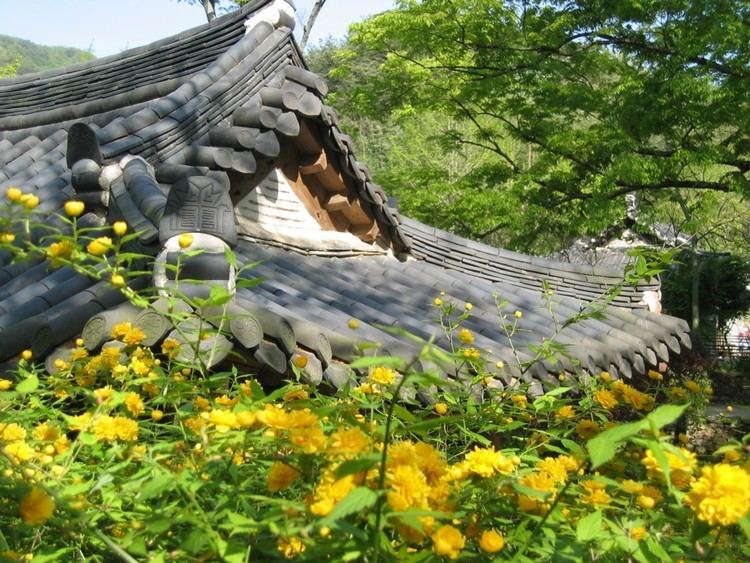Hangul 소쇄원 Revised Romanization Soswaewon Province South Jeolla Province | Hanja 瀟灑園 McCune–Reischauer Soswaewŏn Phone +82 61-382-1071 | |
 | ||
Hours Closed now Monday9AM–6PMTuesday9AM–6PMWednesday9AM–6PMThursday9AM–6PMFriday9AM–6PMSaturday9AM–6PMSunday9AM–6PMSuggest an edit Similar Bamboo Forest, Mudeungsan, Wolchulsan, Songgwangsa, Seonamsa | ||
icon of korea soswaewon traditional garden
Sosweawon or Sosaewon is a typical Korean garden of the middle Joseon Dynasty. It is located in the Nam-myeon, Damyang County of the South Jeolla Province, South Korea.
Contents
This garden harmonizes with nature in characteristic traditional Korean style. Clean waters in the valley flow below the wall and fall through the small cataract into the lake. This place can be said to be a cultivating house of scholar spirit in that many Confucian scholars discussed academic subjects and wrote their works here.
tv zone soswaewon
History
Soswaewon was originally constructed by Yang San-bo (양산보) from the end of 1520 through the middle of 1530. Yang gave up his government position after his teacher, Jo Gwang-jo (1482 - 1519) was exiled and then killed in the purge of 1519 called Gimyo sahwa (기묘사화). So Yang made this garden to seclude himself from social position. The part of the garden was burnt down during the Japanese invasions of Korea (1592–1598), but the buildings were reconstructed by his descendants, and the present Sosweawon was renovated by Yang Taek-ji, Yang san-bo's descendant in the fifth generation. An 18th-century map of Sosweawon remains. It is carved on wood in the 31st year of King Yeongjo (1755), and shows the original design of the garden.
Structures
Jewol Pavilion is a house for the host and means "bright moon after raining".
Gwangpung Pavilion is a house for guests and means "bright sun and fresh wind after raining".
Daebong Pavilion is located at high hill of Sosweawon. It means the luck of phoenix is regarded as the good news.
